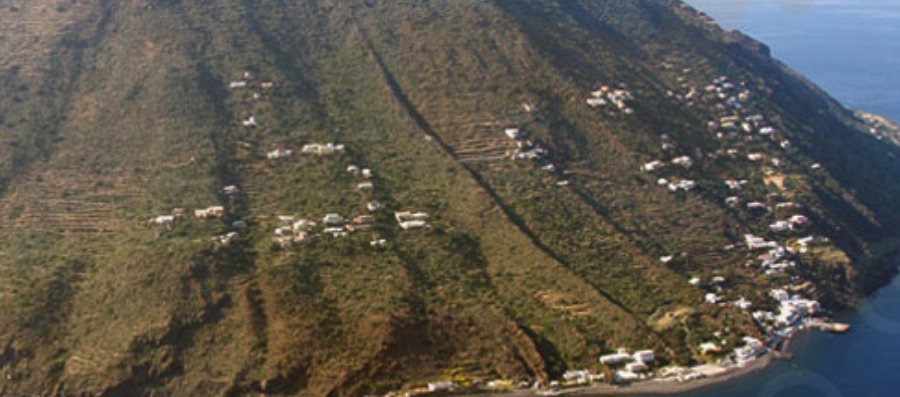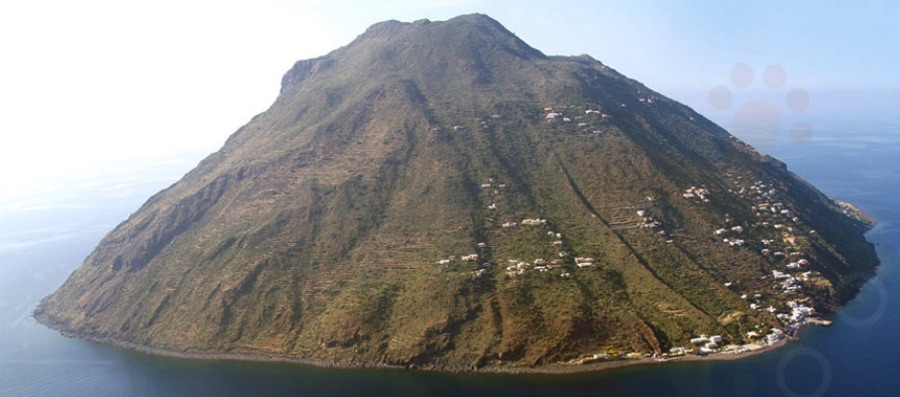Living for even a few days in Alicudi is an experience that remains forever etched in your memory. Time seems to have stopped here. With its unique atmosphere, the island seems to tell us its history of looting and invasions, a story that has seen the succession of different peoples and ended in peace and beauty. In the post-war era Alicudi was inhabited by around 600 people.
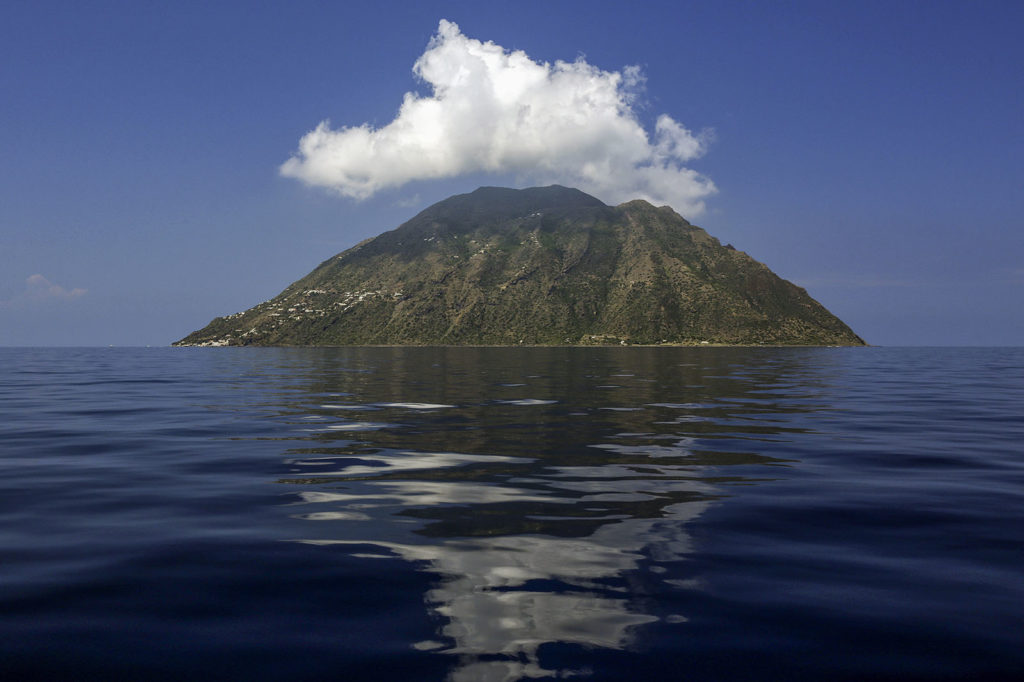
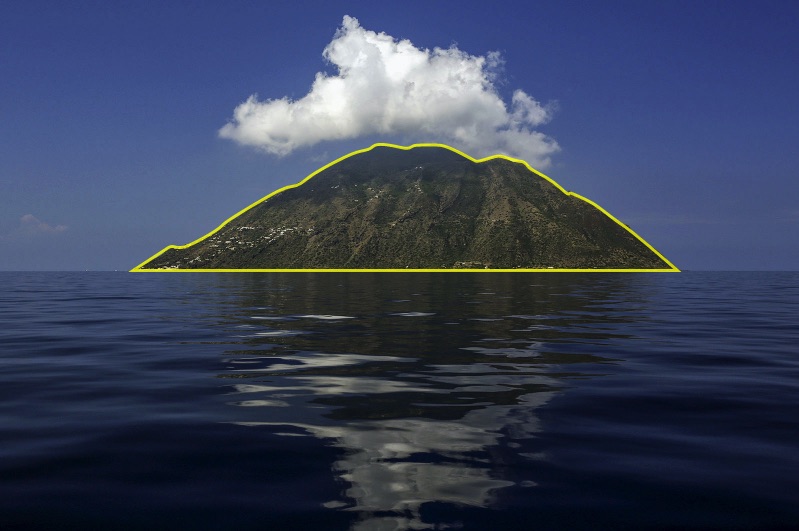
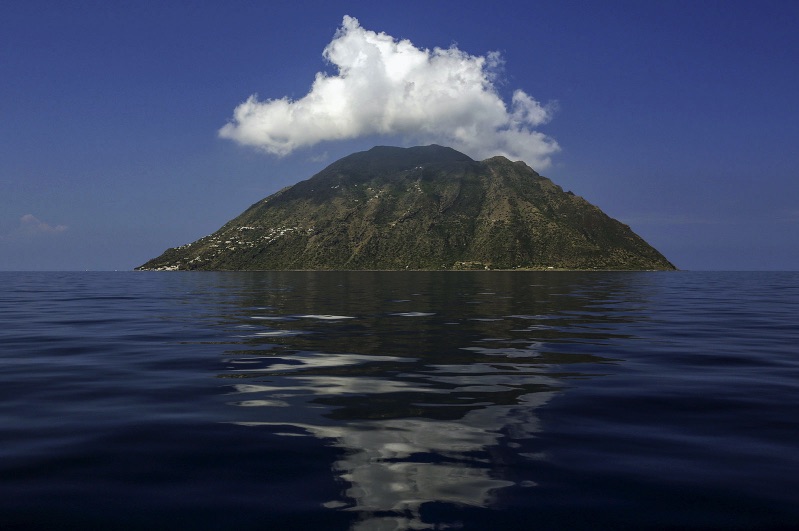
Most emigrated to Australia and South America. Currently only 100 residents are living on the island, and not many more during the summer months.
Alicudi, the island of
Erica
(Ereikousa was its ancient name) is a rugged, very steep isle, where there is a single lane with lava stone steps that connects all the houses, land to be cultivated and any other places of interest. This route starts from sea level and goes up to the top of Monte Filo dell’Arpa at around 675 metres.
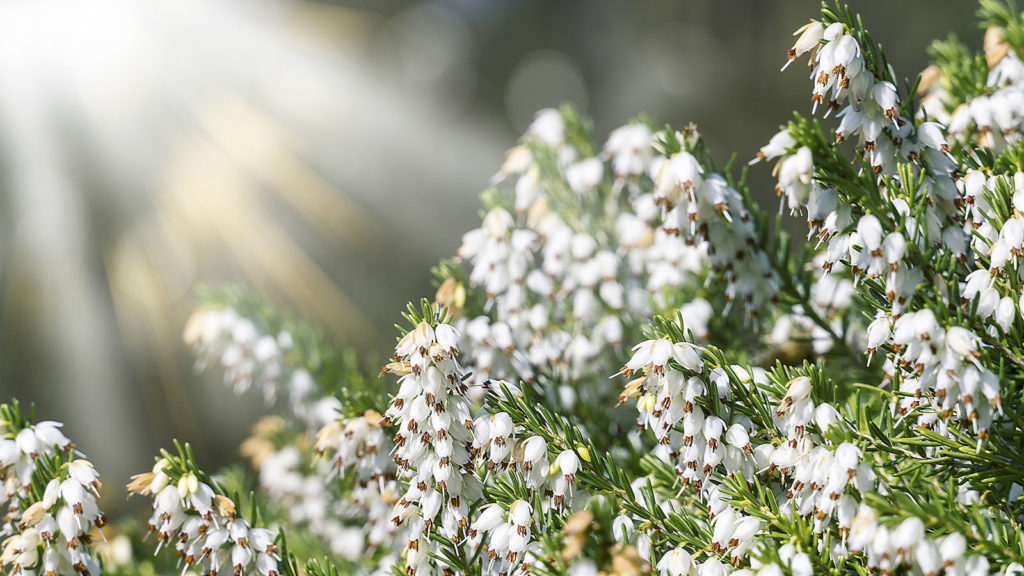 Given the absence of drivable roads, you can only travel on foot or by mule
Given the absence of drivable roads, you can only travel on foot or by mule
The only town is also called Alicudi and is divided into five small hamlets. The port area is the centre of the island: the coastal stretch of the port, a small pier houses a pebble beach typical of the Aeolian environment. The traditional houses have flat roofs for rainwater collection, which flows into large cisterns next to and below the building.
The rooms are adjoining, connected by the large terrace, where there are brickwork seats, the bisuoli, and typical truncated cone columns, the pulere, on which rest the wooden beams of the pergolas, supporting vines that offer shade. Next to the houses there are still numerous mannare, buildings made of dry natural stone, with a circular plan, which can be accessed from low entrances. They have no windows and a beaten earth floor, and were once used to shelter sheep.
The island of Alicudi is a precious and unique destination, either visited in a single day, given its small size, or enjoyed for longer periods, while immersed in its absolute tranquillity. Walking down its steep steps it is possible to admire the blue of its waters that blend into the sky.
